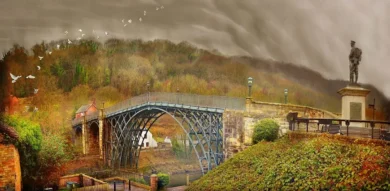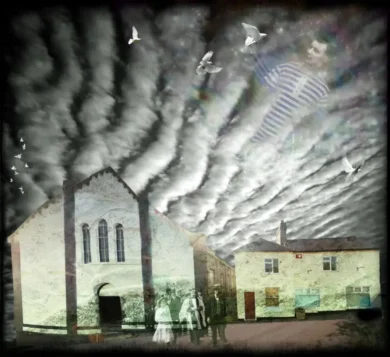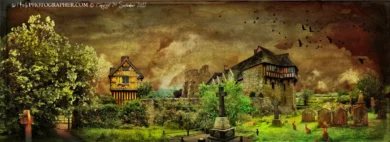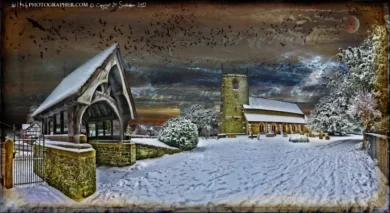Description
The legend of The Robber’s Grave
In 1821, John Davies a plasterer from Wrexham was accused by William Jones from Welshpool of assault and robbery.
Jones produced two witnesses (not to the robbery) and appealed to them to help him find his assailant and to finding his missing watch and money on Davies’ person. Davies was accordingly committed to the autumn sessions, where he pleaded ‘not guilty’ but was found guilty by the jury.
At that time highway robbery was one of the many crimes punishable by death. At the place of his execution, persons claimed to have heard John Davies declare his innocence. He denied it to the very last, as he stood on the gallows awaiting the choke of the hangman’s rope. “I am innocent of this crime and God will not allow the grass to grow on my grave for 100 years”, he cried.
He was buried in a portion of the churchyard where there had been no previous burials. The grave lies about 24ft west of the path from the north gate of the churchyard to the church tower, and about 30ft from the gate.
No-one believed Davies, until that is, a mysterious bare patch shaped like a cross appeared on his grave in the cemetery of St. Nicholas Church, Montgomery. Anyone trying to sow seed on the brown cross either became paralysed or met an untimely end. For nearly half a century it remained a chilling reminder of Davies’s plea of innocence.
Locally, they say that he was a farm hand, who fell in love with the landowner’s daughter. It was a set up the get rid of him. A tragic romance story. His ghost is said to hang all around Montgomery to remind the residents of their mistake.



 Click a section to zoom in. These are
Click a section to zoom in. These are 











































Reviews
There are no reviews yet.